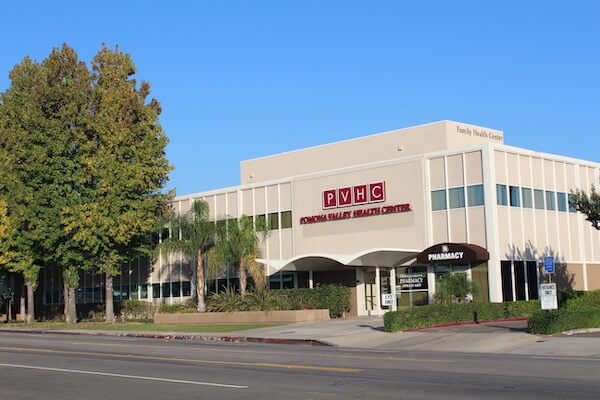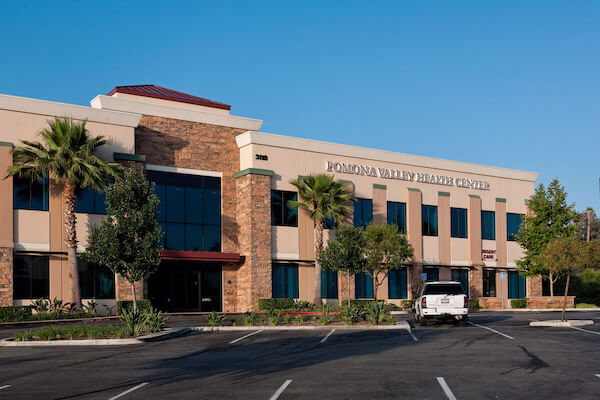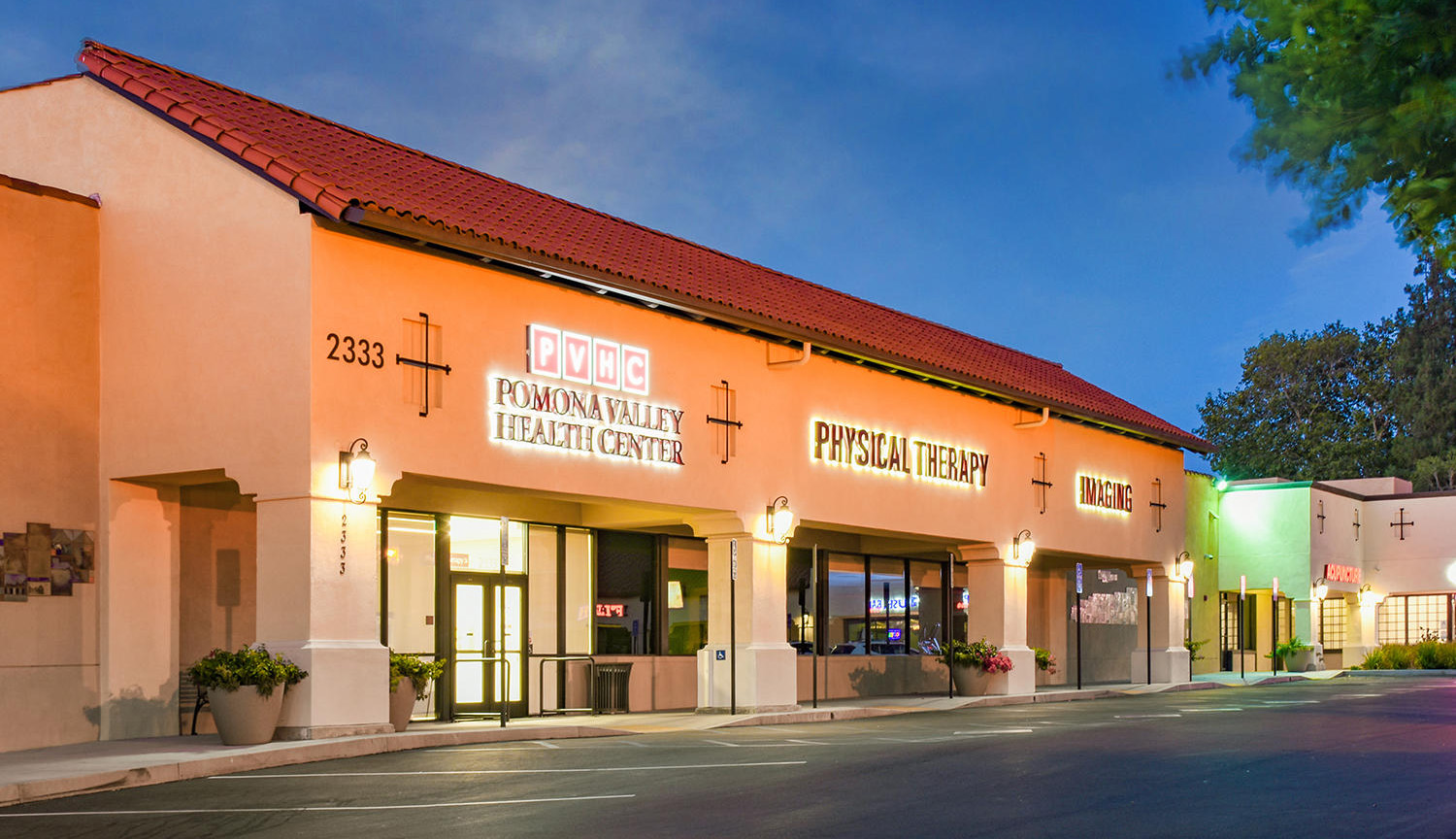At PVHC we know that eating fat is not what makes you fat. In fact, a healthy diet will always include some fat.
Why? Because we actually need fats to live.
As with whatever you eat, a bigger part of what contributes to weight gain is the number of calories that you consume and the amount of exercise and activity in your life.
That said; let’s look a little more at fats. The right fats are an important part of your healthy diet. Fats provide us with essential fatty acids, which help to transport oxygen in the body among other things. They also help to deliver fat-soluble vitamins to your system. And, they are a great source of energizing fuel. As an added benefit, fats even help to keep our skin soft.
And trying to avoid fats with “low-fat” products is not really a solution either as most of these manufactured food items simply replace the fat with other calorie-heavy ingredients that really don’t make them any better for keeping the weight off.
Now that we have established that fat, in itself, does not make you fat, and that you need fat in your diet… don’t make the mistake of thinking all fat is good for you.
Like cholesterol, there are good fats and there are bad fats. In practice, you want to increase the amount of good fat in your diet and avoid the bad fats.
The Good Fats are Known as “Unsaturated Fats”
Unsaturated fats, the good fats, include polyunsaturated fatty acids and monounsaturated fats.
Found mostly in vegetable oils, polyunsaturated fats have been shown to help lower both blood cholesterol levels and triglyceride levels — especially when you make a point of using them instead of the “bad” saturated fats.
Both mono- and polyunsaturated fats, when eaten in moderation and used to replace saturated or trans fats, can help lower cholesterol levels and reduce your risk of heart disease.
Omega-3s, which have gotten so much attention over the past few years, are also a type of polyunsaturated fat. They are found in flaxseed and walnuts, as well as fatty fish such as salmon, trout, mackerel and catfish.
The Omega-3s found in fish are the “long-chain” type, and these are considered the most effective at helping to reduce bad cholesterol. In fact, the American Heart Association recommends eating at least 2 servings of fatty fish a week.
The second types of unsaturated fats are monounsaturated fats. These are thought to reduce the risk of heart disease. Good examples of a monounsaturated fat for cooking are olive, canola and peanut oils.
Other good sources of monounsaturated fats are avocados and olives, as well as a variety of nuts and seeds including hazelnuts, almonds, Brazil nuts and cashews, sesame seeds, pumpkin seeds and peanuts.
Limiting the Bad Fats in Your Diet
Now let’s look at the bad fats. These include saturated fats and trans fatty acids. Both are known to raise cholesterol levels and increase your risk for heart disease.
These are the fats we want to avoid. Saturated fats are found in meat, poultry skin, cheese and other high-fat dairy products, and eggs. They are also found in some vegetable fats such as coconut and palm oils.
The American Heart Association recommends limiting saturated fats to just 7% of your total calories.
The other bad fats are called trans fats or trans fatty acids. But this also warrants some explanation. Some trans fats occur naturally, found in small amounts in dairy and meat – they are not so much of a worry, especially if you are choosing lean cuts of meat and low-fat dairy.
However, man-made, artificial trans fats should be avoided. These are what are usually referred to as “partially hydrogenated” oils and are generally liquid vegetable oils that have been processed to be hard at room temperature.
They’re used in frying as well as in baking and can often be found listed among the ingredients in cookies, icings, crackers, packaged snack foods, microwave popcorn, and some margarines.
Taking the Good with the Bad
In reality, most sources of fat contain a combination of both good and bad fats. But they are classified according to the dominant fat. This chart from WebMD lists sources of the good-for-you unsaturated fats as well as some examples of fats you want to avoid.
| Saturated Fats or trans fatty acids | Polyunsaturated Fats | Monounsaturated Fats |
| Butter | Corn oil | Canola oil |
| Lard | Fish oils | Almond oil |
| Meat, lunchmeat | Soybean oil | Walnut oil |
| Poultry, poultry skin | Safflower oil | Olive oil |
| Coconut products | Sesame oil | Peanut oil |
| Palm oil, palm kernel oil and products | Cottonseed oil | Avocado |
| Dairy foods (other than skim) | Sunflower oil | Olives |
| Partially hydrogenated oils | Nuts and seeds | Peanut butter |
Source: WebMD.com
So remember – eating fat won’t make you fat as long as you treat it like everything else and eat it in moderation. More importantly for a healthy diet, pay attention to the type of fat that you are eating.
“Fat in itself is not bad for you; in fact some fat is essential to a healthy diet. Like anything else, consume fat in moderation and avoid saturated fats and the trans fatty acids found in partially hydrogenated oils.” Duane Styles, MD, PVHC Family Medical Physician.
Did you know that your neighborhood Pomona Valley Health Center (PVHC) is affiliated with the Pomona Valley Hospital Medical Center (PVHMC)?
What that means is that we offer you easy access to a full-range of medical specialists in addition to the family practitioners you see at our neighborhood office.
When you need or want to see a specialist, your regular physician and their staff can assist you in getting quick access to a highly-qualified practitioner in the appropriate specialty through the PVHC referral network.
For more information on getting a referral to a specialist contact PVHC.




